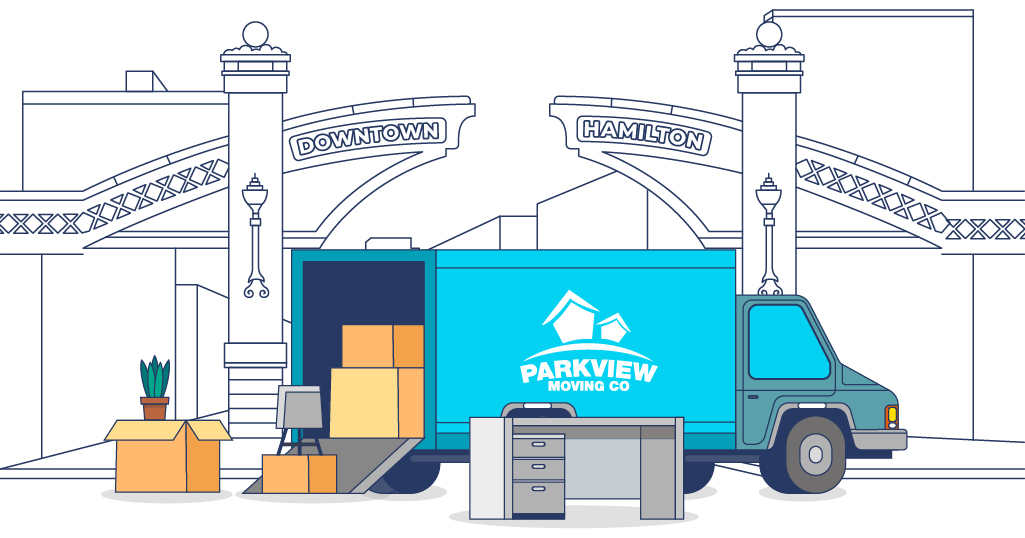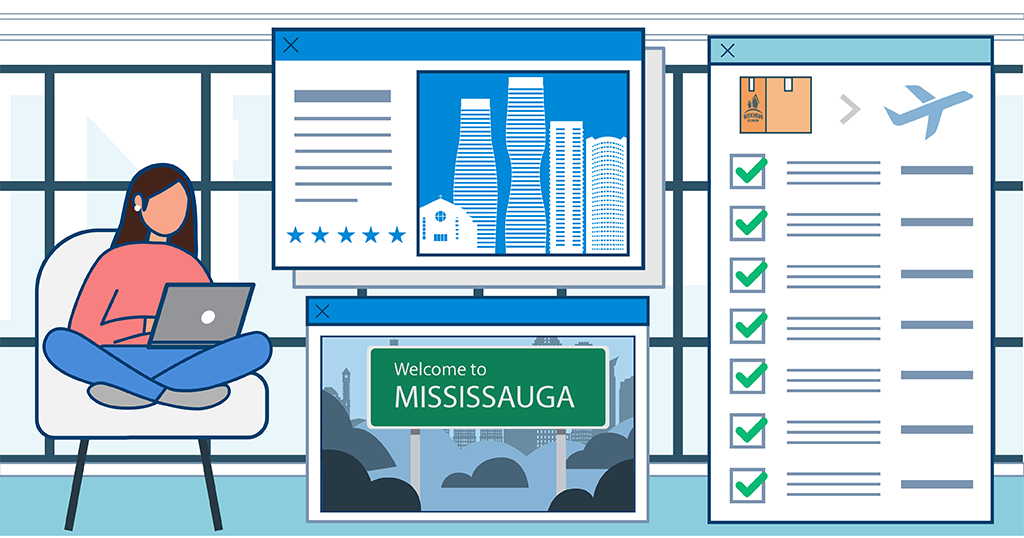Are you curious about how to pack books for moving? Interesting fact: on average, Canadians consume approximately 20 books annually.
If you keep all the books you read, then you might have an extensive collection by now. If you’re moving into a new place, packing up books can end up being one of the biggest hassles of the entire process.
Instead of damaging your books, it’s important to use the right tips and tricks when packing them up. That way, you can rest easy knowing that they’re safe and sound.
Keep reading to learn how to pack books for moving with this in-depth guide.
Sorting Your Books
Sorting your books before packing them up can make the process of moving or decluttering much easier and more efficient. The first step is to gather all your books in one place. That way, you can tally how many you have and start to make decisions about what to keep and what to toss.
After you get rid of the ones you don’t want anymore, you can sort the rest into different categories based on criteria that make sense to you. One common way to sort books is by genre or subject matter. This can be especially helpful if you have many books in specific categories, such as sci-fi, history, and cookbooks.
You may also want to sort your books by author or by the series they belong to. If you have a large collection of books by a particular writer or in a particular sequence, then this strategy will be quite helpful.
Yet another way to sort books is by condition. You may want to set aside any books that are damaged or in poor condition. This will make it easier to decide whether to repair them or get rid of them.
Don’t forget to separate books that have sentimental value or are rare so you can take extra care when packing them up.
You may even want to sort your books based on how often you use them. If you have books that you regularly use for work or hobbies, you may want to keep them accessible. On the other hand, if you have books that you don’t often use, you may want to pack them away near the bottom of your boxes.
Picking Proper Boxes
Choosing the right boxes will ensure that your books stay safe and secure. The first consideration when selecting boxes is the size. You want to choose boxes that are just the right size for your books so that they’re snug but not too tight.
A box that’s too small can cause the books to warp or bend. However, a box that’s too large will allow the books to shift and move around during the move.
You may want to choose boxes that are sturdy and durable. That way, they’ll support the weight of your books without collapsing or breaking open. Look for boxes that are made from thick cardboard or have reinforced corners and edges.
Be sure to avoid using boxes that are too flimsy or have been used before. There are several types of boxes that can be used for packing books, including standard cardboard boxes, plastic containers, and special book boxes.
Standard cardboard boxes are a good choice if you are on a budget, but make sure they are strong enough to support the weight of your books. Plastic containers are more durable and can be reused, but they can be more expensive. They’re often worth the investment, especially if you owe rare and signed books.
Special book boxes are designed with extra reinforcement and dividers to keep books from shifting during transport. These boxes are the most expensive choice but are the best for protecting your books during a move or storage.
Are you storing your books in a damp or humid environment? If they’re going in a basement or garage, it’s worth choosing boxes that are water-resistant or have a plastic lining to prevent moisture from damaging your books. Lids are also important because they protect books from pests like insects and even mice.
Prepping and Filling Your Boxes
Preparing a box before putting books inside for a move is essential to ensure that your books are protected during transport. Once you have picked the right box, you should reinforce it by sealing the bottom with packing tape. This will help to prevent the box from breaking open or collapsing under the weight of your books.
After that, you should add a layer of cushioning material to the bottom of the box. This can be done with crumpled paper, bubble wrap, or a spread of foam peanuts. This cushioning will absorb both shocks and sizeable impacts during transportation and prevent your books from getting damaged.
Once the cushioning is in place, you can start placing your books into the box with care. It’s important to pack books tight so that they don’t jostle around during transportation.
You can do this by packing books of similar size and weight together, stacking them neatly, and filling any gaps with more cushioning material. Just be careful not to pack the box too tightly because this can cause the box to become too heavy and a pain to lift.
As you pack the box, don’t forget about the weight distribution. You want to ensure that the weight is even throughout the box to prevent it from becoming top-heavy or lopsided. To do this, place heavier books at the bottom of the box and lighter books at the top.
You can also add more cushioning material between layers to help distribute the weight.
Once the box is packed, add a final layer of cushioning material on top of the books to protect them from any impacts that might come from above. Make sure to seal the box closed with tape and reinforce every seam and corner.
Label Your Boxes the Right Way
Labeling a box after putting books inside for a move is an essential step to help keep track of your belongings. This will also ensure that they’re delivered to the right place. The last thing you’d want is for your valuable collection to end up in someone else’s home.
The first step involves choosing a labeling system that works for your needs. For instance, you could use color-coded labels or numbered labels. You could even write the contents of the box on the box itself if you’re pressed for time.
Once you have chosen your labeling system, write a clear and descriptive label on the box. This should include the contents of the box, the room it belongs to, and any special instructions for handling or storage. For example, you could label a box as follows: “Books, Bedroom, Handle With Care.”
It also helps to include a list of the items inside the box on the label or on a separate inventory list. This will make it easier to keep track of your belongings during the move and ensure that everything arrives at your new destination. With so many books, it can be all too easy to forget about a title or two until it’s long gone.
If you are using color-coded labels, make sure to keep a legend or key nearby to remind yourself which color relates to which room or item category.
When placing the label on the box, make sure it’s visible and easy to make out. Place the label on top and on at least one side of the box. That way, it can be easily identified from any angle.
Don’t forget to label each box right after packing it. This will prevent any confusion or possible mix-ups later on during the moving process.
Finding the Right Movers
Do you have an extensive collection of books? You shouldn’t have to handle that and everything else on your own. Instead, seek out packing help.
It’s worth spending time finding a reputable moving company in your area. Once you have a list of potential movers, reach out and ask for a quote. Be sure to give them as much information as possible about your move.
Some of the info can include the number of boxes and furniture pieces, the distance of the move, and any special instructions.
As you consider quotes, make sure the company is licensed and insured.
Now You Know How to Pack Books for Moving
Now that you’ve learned how to pack books for moving, you don’t have to stress out about this task. You can make your life much easier when you hire professionals to assist you. That way, you’ll only have to worry about showing up at your new place.
Parkview Moving Co. is here to help move homes. We offer quality residential moving services and much more. Whether you’re going a long distance or you need help with a piano, you can count on our team.
Don’t hesitate to ask us questions or get an estimate for your upcoming move.






